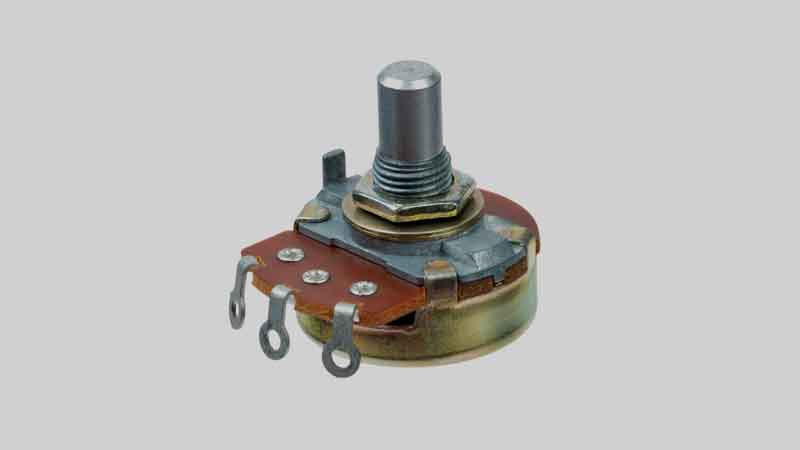Many electrical pieces of equipment contain switching devices called relays. They may function as both primary protection devices and switching devices for equipment. Each type of relay responds to at least one electrical quantity, but sometimes they’ll respond to more than one.
An example of electrical quantity is a current or voltage. The relay may respond if the circuits are opened or closed. Since the relay serves as a switching device, the condition of an electric circuit can change or remain isolated.
There are several types of relays that you may not be aware of. Each relay has a different function, which also determines how the relay is classified. The common functions of relays are monitoring, regulation, reclosing, and protection.
5 Common Types
Below are the 5 main types of relays and their functions.
1) Electromagnetic Relays
Electromagnetic relays may be developed with magnetic components, electrical components and/or mechanical components. They may also have mechanical contacts and operating coil contacts. If a supply system were to activate the coil, it would open or close the mechanical contacts. DC or AC power supplies can be used for electromagnetic relays.
2) Solid State Relays
Solid state relays utilize solid state components in order to execute a switching function without parts moving around. Since you need less control energy versus the output power controlled, you’ll have a much higher power gain than found in electromagnetic relays. There are four subcategories to solid state relays. They are photo-coupled solid state relays, transformer coupled solid state relays, and reed relay coupled solid state relays.
3) Hybrid Relay
Hybrid relays contain electronic components and electromagnetic relays. In most cases, the electronic circuits are in the input section of the device. These circuits have several control functions to them. Meanwhile, the electromagnetic relay exists within the output section.
4) Thermal Relay
Heat effects are the basis of thermal relay. When the ambient temperature increases, it switches the contacts into different positions. Thermal relays are commonly utilized for the purpose of motor protection. Its temperature sensors and other bimetallic elements assist in giving this protection to the motor. Thermal overload relays get used the most when there is a demand for thermal relays.
5) Reed Relay
A few magnetic strips are found in reed relays. These strips lie inside of a glass tube that is sealed. Reed relays function as a contact blade and armature. Once the coil utilizes the magnetic field, the latter wraps the glass tube and causes the switching function to occur.
You can break down reed relays into three subcategories, which are miniature relays, microminiature relays, and subminiature relays. The construction may classify these relays as open type relays, hermetic relays, and sealed relays. The power types of the relays may include high, intermediate, low, and micro. It all depends on the operating range of the load.
Various pin configurations are available for the relays. You can find 4-pin relays, 5-pin relays, and 3-pin relays. Certain pin configurations work better with certain electronic components.
Read also:
- Kirchhoff’s Laws Explained
- The Types of Integrated Circuit (IC) and Their Functions
- 3 Different Types of Microphones and Their Applications
Conclusion
The main advantage of relays is that you don’t need much power to turn on the relay coil. On the other hand, the relay coil still has enough power to assist with AC circuits, heaters, motors, and lamps. Whenever you use an electronic device, whether it is a computer or light switch, then you are experiencing the power of a relay. The ability to control light would not be possible without this particular electric system.




